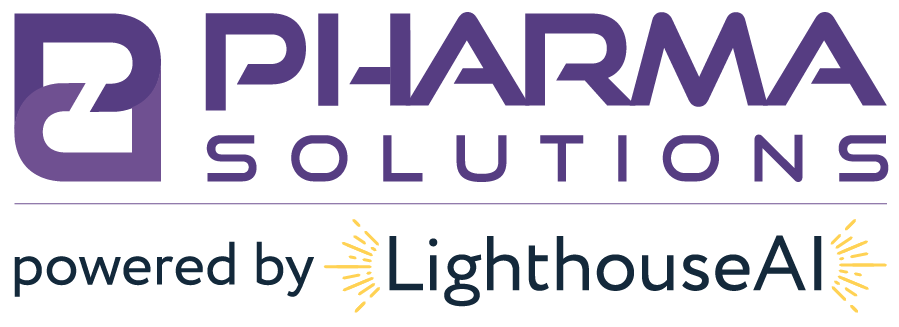DEA Limits Quotas
Key Reductions, 2019 versus 2018 per HDA:
- ANPP 88%
- Codeine (for conversion) 90%
- Dihydrocodeine 90%
- Dihydromorphine* 74%
- Fentanyl 88%
- Hydrocodone (for conversion) 4%
- Hydrocodone (for sale) 89%
- Hydromorphone 90%
- Meperidine 58%
- Morphine (for sale) 93%
- Opium (tincture) 94%
- Oxycodone (for conversion) 85%
- Oxycodone (for sale) 89%
- Oxymorphone (for sale) 85%
- Thebaine 90%
On August 18, 2018, the DEA announced its proposed 2019 aggregate production quotas for Schedule I & II controlled substances.¹ In keeping with the prevailing trend over the past few years,² the proposed quotas present another reduction in the allowed production quotas for six opioids (oxycodone, hydrocodone, oxymorphone, hydromorphone, morphine, and fentanyl) that are commonly targets for diversion and misuse.³
This year’s reduction represents a significant reduction with the U.S. Department of Justice and the DEA stating that “the proposal decreases manufacturing quotas for the most six frequently misused opioids for 2019 by an average ten percent as compared to the 2018 amount”.⁴ This proposal comes in the stead of the Department of Justice’s announcement, that the DEA was “issuing a final rule amending its regulations to improve the agency’s ability consider the likelihood of whether a drug can be diverted for abuse when it sets annual opioid production limits. The final rule also promotes greater involvement from state attorneys general…”⁵
According to the Department of Justice and the DEA, these changes were made in furtherance of the current administration’s “Safe Prescribing Plan”.⁶ One of the stated objectives of this plan is to “[c]ut nationwide opioid prescription fills by one-third within three years.”⁷ The increasing reductions in quotas for commonly abused opioids over the last few years combined with the rule that attempts to help the DEA gather more data and resources when setting annual opioid production limits are the DEA and Department of Justice’s attempt to meet the objective of the “Safe Prescribing Plan”.⁸
In the words of the Department of Justice, “revised limits will encourage vigilance on the part of opioid manufacturers, help DEA respond to the changing drug threat environment, and protect the American people from potential addictive drugs while ensuring that the country has enough opioids for legitimate medical, scientific, research, and industrial needs.”⁹ This statement illustrates the delicate balance the DEA and the Department of Justice must strike in making yearly quotas: the quotas cannot be so high to do nothing to deter the levels of diversion and misuse that are abundantly present in the country currently but they also cannot be so low as to prevent sources (patients, doctors, hospitals, manufacturers, etc.) from obtaining these opioids in such quantity to meet their legitimate needs. Surely, there will also be pushback from manufacturers of the affected opioids, as significant reductions in manufacturing quotas will certainly affect their operations and activities (and likely most important to them, their profits).
In light of these conflicting interests, the DEA and Department of Justice have a difficult task in not only creating yearly quotas but also in furthering the completion of the “Safe Prescribing Plan.” It is yet to be seen if the current methods are the correct way to approach that goal. The DEA has only begun significantly reducing quotas for opioids in the past few years and the DEA’s new rule regarding setting quotas has only been in effect for approximately a month, so it is too soon to determine if that is having a significant impact (or at least an impact as large as is outlined in the “Safe Prescribing Plan”). At this point, only time will tell if the DEA and Department of Justice’s most recent efforts will be successful, but at least they are making an effort to attempt to combat the country’s increasingly worsening opioid crisis.
References
2. Recent History of DEA Aggregate Production Quotas for Selected Controlled Substances, HDA
3. Id.
4. Id.
5. Id.
6. Id.
7. President Donald J. Trump’s Initiative to Stop Opioid Abuse and Reduce Drug Supply and Demand, whitehouse.gov (March 19, 2018), https://www.whitehouse.gov/briefings-statements/president-donald-j-trumps-initiative-stop-opioid-abuse-reduce-drug-supply-demand/.
8. U.S. Dept. of Justice, supra note 1.
9. Id.
About Us
Based just outside of Philadelphia, Pharma Solutions provides actionable guidance and excellent administrative services with a focus on client care across Compliance, Commercial, and Quality solutions. Our mission is to improve the health and welfare of the American public by providing solutions and implementing best practices for companies in the pharmaceutical supply chain.




0 Comments